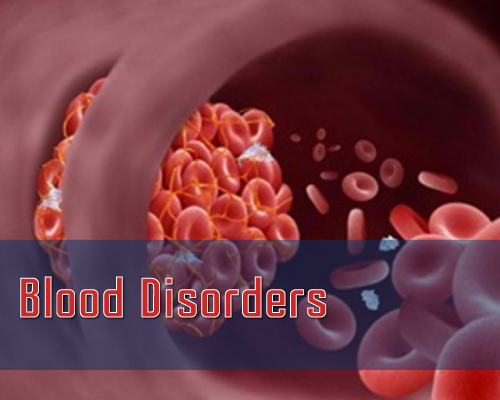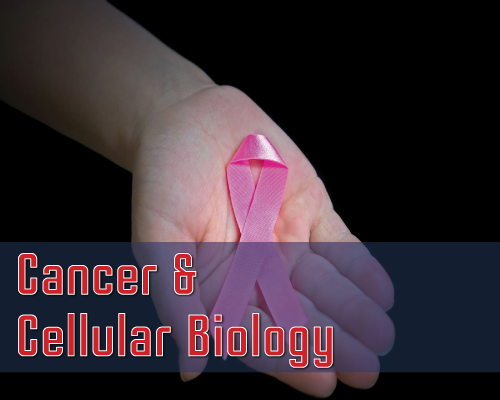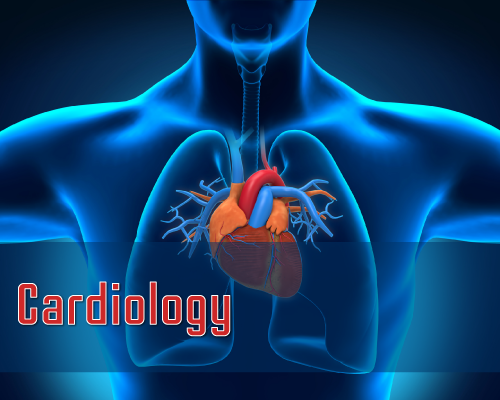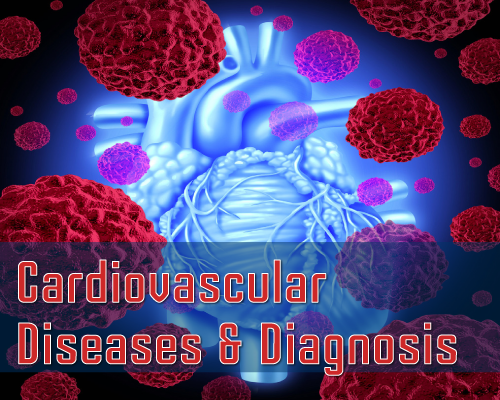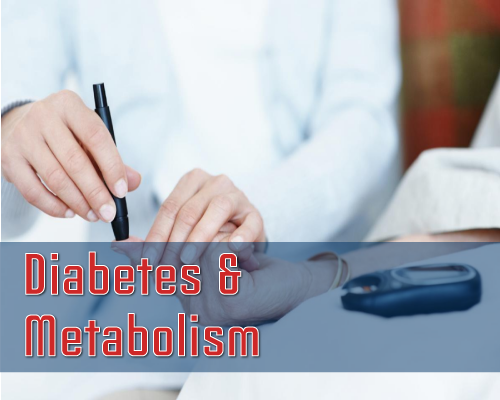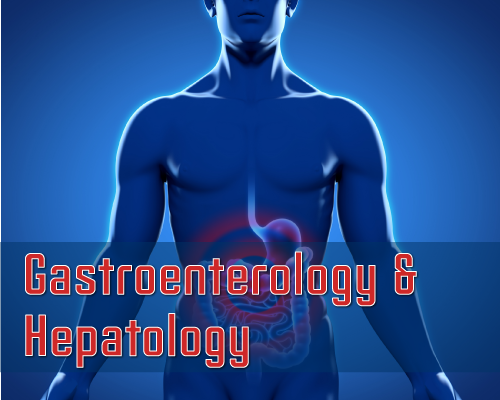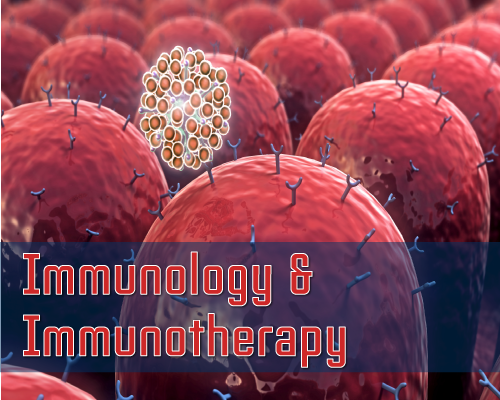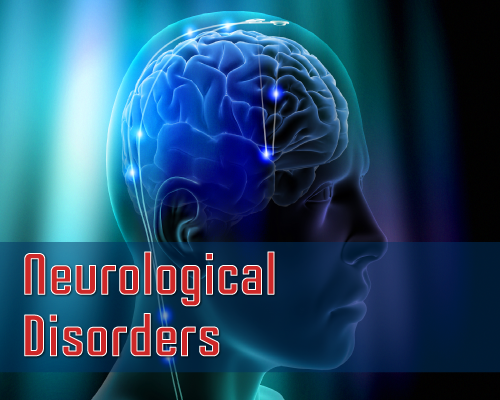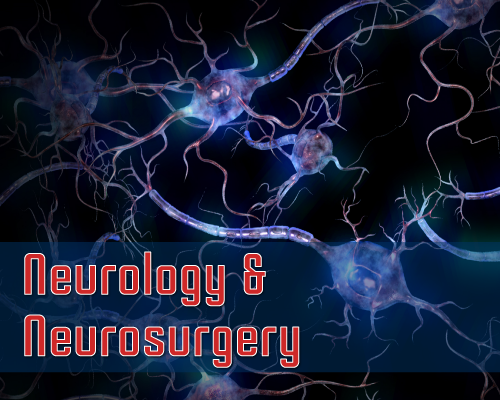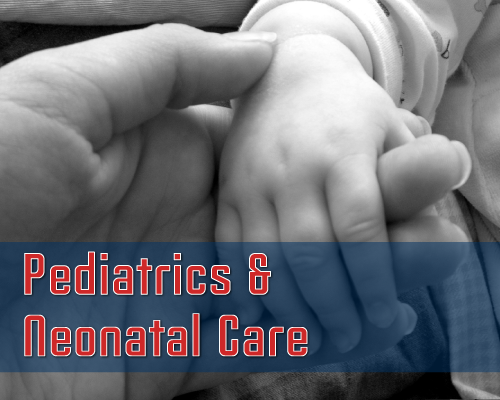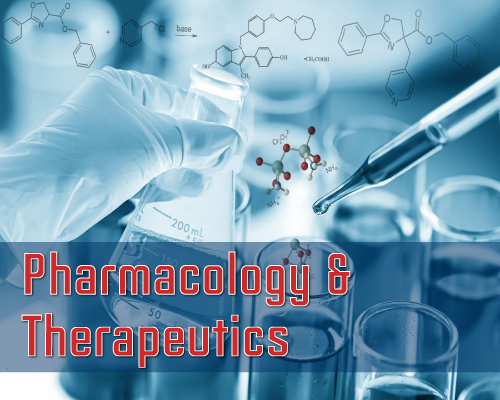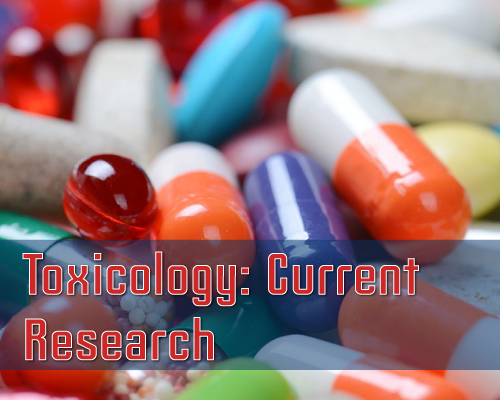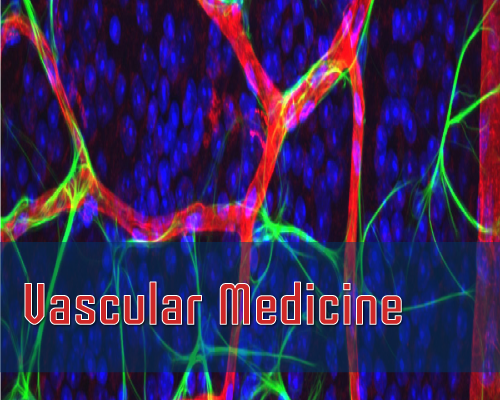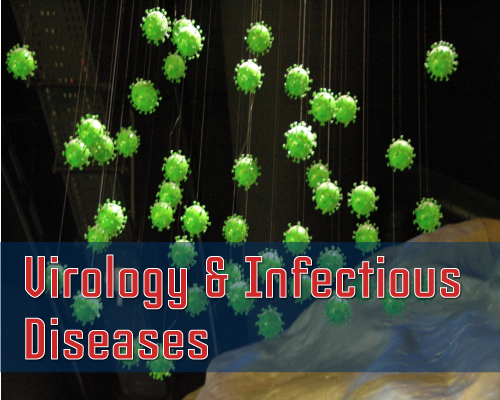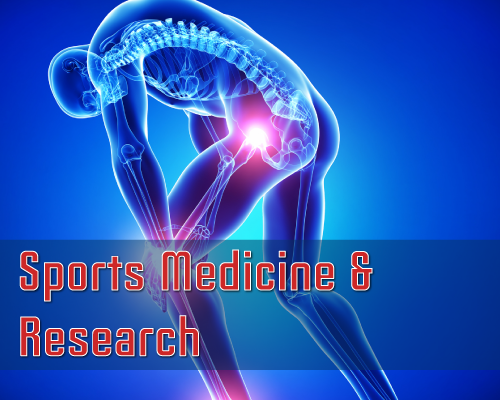Research Article
Lessons Learned from Poisoning Cases caused by 2 Rodenticides: Bromadiolone and Brodifacoum
Zhang Youyou*, Yu Yalei, Zhang Junchao, Zhang Jie, Guan Chuhuai, Ren Liang# and Liu Liang#
Department of Forensic Medicine, Tongji Medical College, Huazhong University of Science and Technology
*Address for Correspondence: Zhang Y, Department of Forensic Medicine, Tongji Medical College, Huazhong University of Science and Technology, No. 13 Hangkong Road, Wuhan, 430030, P.R. China, Tel: +860-278-369-2644; E-mail: [email protected]
Dates: 16 May 2018; Approved: 30 May 2018; Published: 01 June 2018
Citation this article: Zhang Y, Yu Y, Zhang J, Zhang J, Guan C, et al. Lessons Learned from Poisoning Cases caused by 2 Rodenticides: Bromadiolone and Brodifacoum. American J Emerg Crit Care Med. 2018;1(1): 005-007.
Copyright: © Zhang Y, et al. This is an open access article distributed under the Creative Commons Attribution License, which permits unrestricted use, distribution, and reproduction in any medium, provided the original work is properly cited.
Keywords: Bromadiolone; Bromfenacoum; Toxicology; Clinical manifestation; Misdiagnosis
Abstract
Background: Bromadiolone and Brodifacoum are the second generation of coumarin rodenticides, with acute toxicity, hiding onset and secondary poisoning. Which could lead to severe clinical features, including multiple organ bleeding, disturbance of consciousness, respiratory failure, circulatory failure, and even death.
Methods and Results: We presented 2 cases that involved rodenticides poisoning. Even though the patients showed severe manifestations, they were initially misdiagnosed, resulting in 2 persons finally died from Bromadiolone and Brodifacoum poisoning. From the clinical and forensic experience of these 2 cases, we suggest that physicians should consider Bromadiolone and Brodifacoum poisoning when patients present coagulation dysfunction, especially in some cases without clear cause and diagnosis of disease.
Conclusion: Early diagnosis and treatment are essential for positive management and criminal investigation in intentional poisoning cases. Moreover, clinical toxicology education should be reinforced.
Introduction
Bromadiolone and Brodifacoum are the second generation of coumarin rodenticides, with the characteristics of acute toxicity, hiding onset and secondary poisoning [1]. These rodenticides regulate Vitamin K 2,3 - Epoxide Reductase enzyme complex (VKOR), inhibit the activation of blood coagulation factor and protein by influencing the circulation of Vit K [2,3], which lead to the coagulation disorders. What is more, benzylideneacetone, the metabolic product of it, could increase the risk of bleeding because of microvascular disease.
Both rodenticides’ lethal dose in animals have been reported. The LD50 of Bromadiolone by oral, inhaled and skin contact were 0.56 - 0.84mg/kg, < 0.43μg/ L, 1.71mg/ kg respectively. The LD50 of Bromfenacoum by oral, inhaled and skin contact were 0.418mg/ kg, 3.05 - 4.86μg/ L, 3.16mg/ kg respectively [4,5]. However, the lethal dose of human is unclear. In previous literature, the concentrations of Bromadiolone and Brodifacoum in blood of death were 200 - 1000μg/ L and 30 - 3919μg/ L with large individual difference [6]. However, poisoning methods are both more common by oral, inhalation and skin contact.
In common, the physicians often ignore the diagnosis of intoxication due to lack of information about the toxicant intake and clinical/medical toxicology education (especially in China). Here we presented 2 cases in which patients displayed untypical manifestations of Bromadiolone/Brodifacoum poisoning and finally died due to misdiagnosis.
Case Report
Case 1
An 81 - year - old man was admitted to the hospital with “bleeding gums and melena for one day” in December 20, 2017 and there was normal after physical examination. The abnormal results of laboratory examination were as follows: C - Reactive Protein (CRP) 6.2mg/ L, Activate Part plasma prothrombin Time (APTT) 87.90s, Prothrombin Time (PT)100s, International Normalized Ratio (INR) 7.99, Thrombin Time (TT) 17.90s , Fibrinogen (FIB) 2.80g/ L. After three days of vitamin K1 treatment, the level of coagulation returned to normal. Two days later, the patient was discharged without discomfortable, but the etiology was unclear.
One week later, the patient was readmitted to the hospital with “mental confusion”. Physical examination: The patient was in a drowsiness, Temperature (T) 36.2°C, Heart Rate (HR) 82bpm, Blood Pressure (BP) 96/54 mmHg, visible spots on the whole body. The results of laboratory examination were: APTT 119.90s, D - Dimer 2945.79 ug/L, PT 100.00s INR 7.99. The patient gradually became coma with the clinical manifestation of hyperpnea, hypotension, hypoxia, cyanosis and peripheral coldness. Considering the diagnosis of shock, which caused by infective or hemorrhagic, the patient was treated with transfusion therapy, volume resuscitation, vasopressor support, mechanical ventilation and other supportive treatment, but the patient died 4 hours later.
Through forensic pathological examination and forensic toxicological analysis, the reason of death was considered to be multiple organ bleeding and hemorrhagic shock attributed to the severe coagulopathy caused by bromadiolone. The patient died of circulatory failure.
Case 2
A 44 – year - old man was witnessed involuntary jitter and brought to emergency room at local hospital. He was a tramp and his medical history was unknown. The chief complaint of him were: dizziness, headache, abdominal pain and bloating one day earlier. Physical examination: T 36.6°C, HR 82 bpm, BP 120/ 86 mmHg, Swollen tonsils, pharyngeal hyperemia, upper abdominal tenderness (+), murphy’s sign (+), lumbar vertebral tenderness (+), right elbow visible active bleeding points, visible spots on the limbs and back. The results of blood cell examination showed: Red Blood Cells (RBC) 1.53×10^12/ L, Hemoglobin (Hb) 42g/ L; The biochemical test showed blood urea nitrogen 17.74 mmol/ L, Creatinine 218.2 mmol/ L, K+ 3.34mmol/ L, Na+ 129.5mmol/ L, Cl- 86.8mmol/ L, Ca2+ 1.95mmol/ L; Through responsive treatment, the patient’s clinical symptoms relieved 2 days later without a clear diagnosis and unauthorized left the hospital.
Three days later, the patient was found on the streetside and admitted in the center hosptial nearby. Physical examination: The patient was in a coma, T 36.0°C, HR 63 bpm, BP 150/80 mmHg, visible spots on the whole body, eyes stare upward and his left myodynamia decreased. The results of blood routine showed White Blood Cells (WBC) 10.98×10^9/ L , Neutrophil count (NEUT) 10.12×10^9/ L, RBC 2.56×10^12/ L, Hb 73 g/ L; The biochemical test showed K+ 3.00mmol/ L, Na+ 134mmol/ L, Cl- 95mmol/ L; Hemagglutination examination showed PT 100s, APTT 100s, TT 56s, FIB 4.74 g/ L; Cranial CT showed right cerebellum and right basal ganglia cerebral hemorrhage, subarachnoid hemorrhage. Six hours later, the patient had sudden respiratory arrest, cardiac arrest, dilated pupils, and no vital signs. The patient ended in death after all rescue treatments proved ineffectual.
Through forensic pathological examination and forensic toxicological analysis, the cause of death was considered to be Brodifacoum-induced coagulation dysfunction, secondary intracranial hemorrhage and multiple organ hemorrhage.
Discussion
Bromadiolone and Brodifacoum have higher toxicity compared with Warfarin, the first generation of coumarin rodenticides, and with the characteristic of secondary poisoning [1]. The mechanism of increased toxicity has not yet been fully understood. Studies at present suggest that the reasons may be that Bromadiolone and Brodifacoum;
• have higher fat-soluble because of their polycyclic hydrocarbon side chain and can be absorbed easily;
• accumulate more easily in the liver and have the longer half-life;
• control VKOR more effectively, which may be related to more binding sites of VKOR and toxins’ interaction with cell membrane which affect the activity of VKOR indirectly [6].
At the same time, Bromadiolone and Brodifacoum injury cell directly, and influence various physiological metabolism, especially affect the function of γ - glutamyl carboxylase, which lead both toxicity outside the coagulation system and accumulative toxicity of long - term and low - dose exposure.
In this research, the patient of Bromadiolone poisoning had gums bleeding and melena as first symptoms; the patient of Brodifacoum poisoning had involuntary limb tremor, dizziness, headache, abdominal distention and pain as first symptoms; both of them suffered impaired consciousness and extensive mucocutaneous bleeding in the last period and died of circulatory failure. In physical examinations, neither had obvious mucocutaneous bleeding spots when in hospital for the first time. Patients of Bromadiolone poisoning and Brodifacoum poisoning had spots after two weeks three days respectively, which is related to the long half-life of the second generation of coumarin rodenticides.
Bromadiolone and Brodifacoum’s poisoning is hard to recognized because of the common clinical features of other drugs or toxins poisoning: acute abdomen, seizure, hemorrhagic and infective disorders. It is generally difficult to make a correct diagnosis for doctors who have few understanding about the patients’ specific history of rodenticides’ intake and experience of dealing with related poisoning.
To identify rodenticides’ poisoning or other toxic poisoning, the most important method is to perform toxicology analysis through patients’ vomit, blood, urine, etc [7]. And then take corresponding detoxification treatment. Vitamin K1 is usually used for the detoxification of coumarin rodenticides, which require in adequate amount and enough time of treatment even more than two years. The supportive treatment such as volume resuscitation, anti-infect therapy should be given at the same time.
To identify rodenticides’ poisoning or other toxic poisoning, the most important method is to perform toxicology analysis through patients’ vomit, blood, urine, etc [7]. And then take corresponding detoxification treatment. Vitamin K1 is usually used for the detoxification of coumarin rodenticides, which require in adequate amount and enough time of treatment even more than two years. The supportive treatment such as volume resuscitation, anti-infect therapy should be given at the same time.
In conclusion, we hope that doctors can take full consideration of the possibility of coumarin rodenticides poisoning when receiving patients in emergency such as unexplained limb tremor, abdominal pain and bloating, especially patients with unclear diagnosis who have coagulation disorders. Early diagnosis and treatment have certain significance for the prognosis of patients and the detection of poisoning crimes. Of course, the most essential is to strengthen the health knowledge education of rodenticides.
References
- Cohen PA. Hazards of hindsight--monitoring the safety of nutritional supplements. N Engl J Med. 2014; 370: 1277-1280. https://goo.gl/oV9cRx
- Cohen PA, Venhuis BJ, Brandt SD. Advancing supplement science: challenges and solutions. Drug Test Anal. 2016; 8: 1-3. https://goo.gl/shH3RP
- Eichner A, Tygart T. Adulterated dietary supplements threaten the health and sporting career of up-and-coming young athletes. Drug Test Anal. 2016; 8: 304-306. https://goo.gl/qWouNQ
- Cohen PA. Assessing supplement safety--the FDA's controversial proposal. N Engl J Med. 2012; 366: 389-391. https://goo.gl/wUGLTm
- Cellini M, Attipoe S, Seales P, Gray R, Ward A, Stephens M, et al. Dietary supplements: physician knowledge and adverse event reporting. Med Sci Sports Exerc. 2013; 45: 23-28. https://goo.gl/q7Uv8G
- Pascale B, Steele C, Attipoe S, O'Connor FG, Deuster PA. Dietary supplements: knowledge and adverse event reporting among american medical society for sports medicine physicians. Clin J Sport Med. 2015; 26: 139-144. https://goo.gl/GcNnDg
- Geller AI, Shehab N, Weidle NJ, Lovegrove MC, Wolpert BJ, Timbo BB, et al. Emergency department visits for adverse events related to dietary supplements. N Engl J Med. 2015; 373: 1531-1540. https://goo.gl/iU9Tph
- Ashar BH, Rice TN, Sisson SD. Physicians' understanding of the regulation of dietary supplements. Arch Intern Med. 2007; 167: 966-969. https://goo.gl/h3aW6M
- Mitka M. Dietary supplements. JAMA. 2013; 309: 1885-1885.
- Gardiner P, Sadikova E, Filippelli AC, White LF, Jack BW. Medical reconciliation of dietary supplements: don't ask, don't tell. Patient Educ Couns. 2015; 98: 512-517. https://goo.gl/Lxoh6L
- Corbin Winslow L, Shapiro H. Physicians want education about complementary and alternative medicine to enhance communication with their patients. Arch Intern Med. 2002; 162: 1176-1181. https://goo.gl/kwGDqV
Authors submit all Proposals and manuscripts via Electronic Form!


